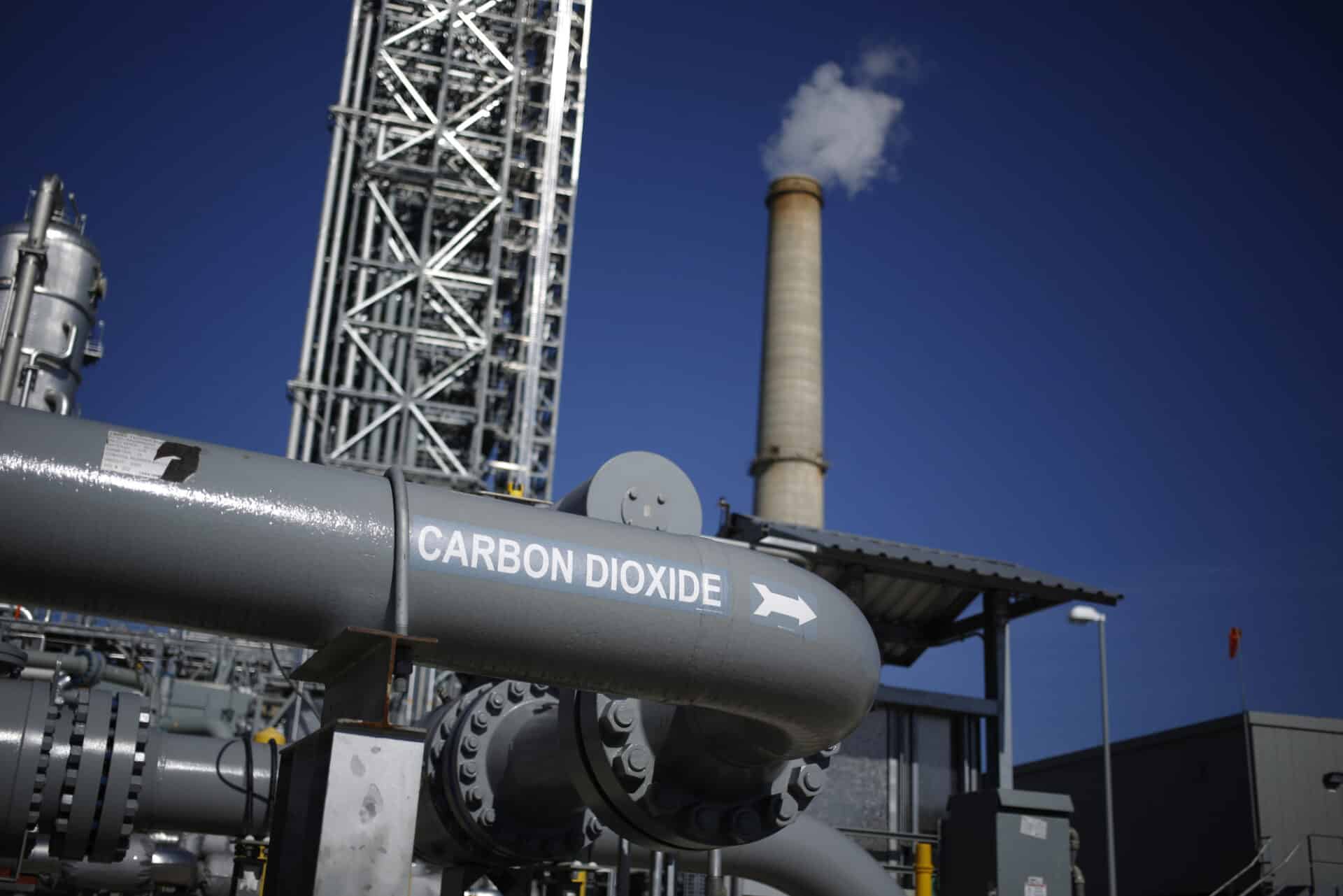Pioneering Carbon Capture and Storage Project Back on Track with Rapid Mobilization
Carbon Capture and Storage Project
A multinational investment company and an American energy corporation have embarked on constructing a ground-breaking direct air capture facility in the US Gulf Coast region. Their primary objective is to capture carbon directly from the atmosphere and sell carbon credits to major corporations, including Amazon, Google, and United Airlines. The urgency to deliver this project was underscored by their plan to build approximately 100 similar facilities over the next decade.

Calciner Fabrication Oversight Requires Emergency Response
The stakeholders encountered a critical change of metallurgy. The calciner had a particular coating specification that required further review. This coating would have proved inadequate for the pure oxygen environment and temperature ranges required. This was compounded by the unique vertical construction of the process stream structure, requiring timely sequential assembly of its segments.
Fast Mobilization and Material Selection
The project timeline was at stake, with over 100 workers on-site unable to proceed until the issue was addressed. Each day of delay was costing over $500k. The engineering team behind the project has contacted IGS (Integrated Global Services) very near the Christmas holiday, on the 18th of December 2023 in attempt to find a solution. A detailed material selection process was initiated immediately after receiving the emergency call. By the next day, the IGS team was on-site at the fabrication shop, assessing the situation alongside the plant’s metallurgy teams, EPC firm, and fabricators.
IGS HVTS high nobility alloy cladding was selected to prevent in-service metal wastage of the vessel’s substrate. Proven within acidic and caustic environments in high-temperature process vessels, towers and columns, this technology will protect the vessel for the life of the asset.
Strategic Decision-Making
With a verbal agreement secured, after both technical and commercial approval, the IGS team swiftly moved into execution mode. The urgency stemmed from the sequential nature of the equipment’s construction, where each segment completion was contingent on the preceding one. Not addressing the issue would have compounded sequencing of subcomponents assembly to finish the project and cause serious delays. The complexity was heightened by tight areas to work around piping and structural i-beams and other fabricated pieces being installed during IGS work.
Two-Part Execution
IGS execution strategy involved a two-staged work approach. The initial mobilization started on the 27th of December 2023 until the 2nd of January 2024 and focused on addressing critical work areas around internal piping systems. Working through the New Year holidays, the team completed 80% of the total scope. The second mobilization started on the 19th of January to protect the joining weld seams of the subassemblies components.
Challenges and Innovations
The vessel, comprising two sections, required precision HVTS Technology. The spray-ability and speed of HVTS execution proved crucial in addressing complex areas, where traditional welding would have been impractical.

Project Impact and Future Prospects
The successful and expedited completion of the project averted significant weeks of lost time for all stakeholders involved on the project. The project and HVTS execution emphasized the critical role this played in keeping the project on schedule and served as a testament to the quick decision making of the project managers. IGS’ operations excellence played a key role in turning this emergent work into a success story in the Carbon Capture market.
Video: Project Calciner Protected with HVTS
On-site Thermal Spray Coating Services from IGS:
Free consultation with an IGS Subject Matter Expert
IGS is here to provide information, answer questions and create an effective solution for your needs.

